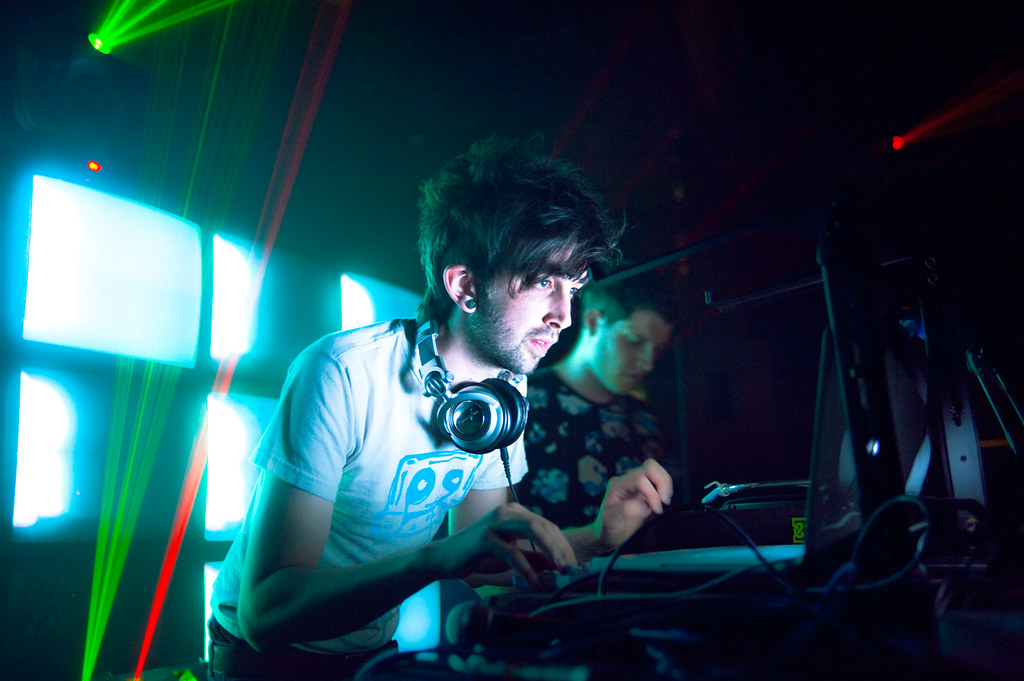
SUMMARY
Role
Screenwriter
Intention (SMART Goal)
By May 10th, as part of film team 2, I will have used screenwriting beats that end in therefore or but, not and then to raise the tension and convey the theme of community in my script by using “How to Write a Screenplay”.
PRE-PRODUCTION – INQUIRY
Leader(s) in the Field / Exemplary Work(s)
Akira Kurosawa -“After training as a painter (he storyboards his films as full-scale paintings), Kurosawa entered the film industry in 1936 as an assistant director, eventually making his directorial debut with Sanshiro Sugata (1943).”
His first film he made without extensive studio interference was Drunken Angel , made in 1948. Kurosawa made his international breakthrough film Rashomon made in 1950, and it won the top prize at the Venice Film Festival. Some other films he wrote are No Regrets For Our Youth (1946), Scandal (1950), Rashomon (1950), Ikiru (1952), Seven Samurai (1954), Throne of Blood (1957), Yojimbo (1961), Dersu Uzala (1975), Ran (1985), and Madadayo (1993).
Training Source(s)
How to Write a Movie Script: Screenplay Format and Examples
| Que | Notes |
|---|---|
| Scene Heading- INT is inside and EXT is outside | |
| Subheading- used to change location without breaking the scene | |
| Transitions- CUT TO and FADE OUT | |
| Character Introductions- use all capital letters for name, then reference their age, and some information about them | |
| Action- where you describe visual and audible actions, you want to write in third person and present tense | |
| Dialogue- under character that is saying the line | |
| Extensions- when an actor says something off screen (O.S.) or if dialogue is voice-over (V.O.) | |
| Parenthetical- can be used inside your dialogue to show small actions or change in mood without having to jump out to an action line | |
| Camera Shots- you can format particular shots like a subheading |
Summary:
Project Timeline
- Start Pre-Production
- Choose Role
- Create a SMART goal
- Research a leader in the field and their work (take notes)
- Research screenwriting and writing screenplays using therefore or but and take notes
- Create a timeline for the project
- Collaborate with the team, discuss film ideas
- Write log-line
- Create a storyboard
- Present storyboard to class
- Create Trello board with scrum
- Write Screenplay
- Start Production
- Gather equipment and props
- Help and support team members with their roles for production of the film
- Start Post-Production
- Work on presentation
- Work on blog post
- Finish presentation and blog post
- Present to class
- Finish post-production
Proposed Budget
PRODUCTION – ACTION
The FILM
Skills Commentary
I acted as screenwriter in this session and my evidence is in the slideshow.
POST-PRODUCTION – REFLECTION
21st Century Skills
Ways of Thinking (Creativity, Innovation, Critical Thinking, Problem Solving)
My team and I problem solved in the scenes leading up to the dance party scene. We ran out of time because of uncontrollable things so we had to cut down some of the scenes and make them shorter and we had to cut out scenes completely.
Ways of Working (Communication & Collaboration)
My team and I had to communicate and collaborate when our original ideas for the film didn’t work out, we had to communicate what our new ideas were. We also had multiple people throughout the production cycle get sick and missed days, so we had to collaborate and communicate on how to move forward to keep getting things done.
Tools for Working (Info & Media Literacy)
To write the script for the film I used celtx.com and as a team we used Scrum for Trello which kept me and my team organized.
Ways of Living in the World (Life & Career)
Throughout this film, we experienced multiple set backs and had to work through them to finish our film. Problem solving and adapting are very important life skills to have in the world.
Reactions to the Final Version
A classmate named Jack said that our film had “Really good character development.”
Self-Evaluation of Final Version
Simple – The log-line was simple and this was reflected in the film. There weren’t any out of place details about Mr. McNabb going missing that would confuse viewers.
Unexpected – Our film was unexpected because at the end when we finally find Mr. McNabb and Emma, Mr. McNabb is DJ’ing a party with Emma instead of getting the papers like he said.
Concrete – Having a well known teacher in our film was memorable and fun.
Emotional – The ending of the film evoked emotions in viewers because it made them laugh.
Grammar and Spelling
Grammarly
Editor
Emma
Recent Comments